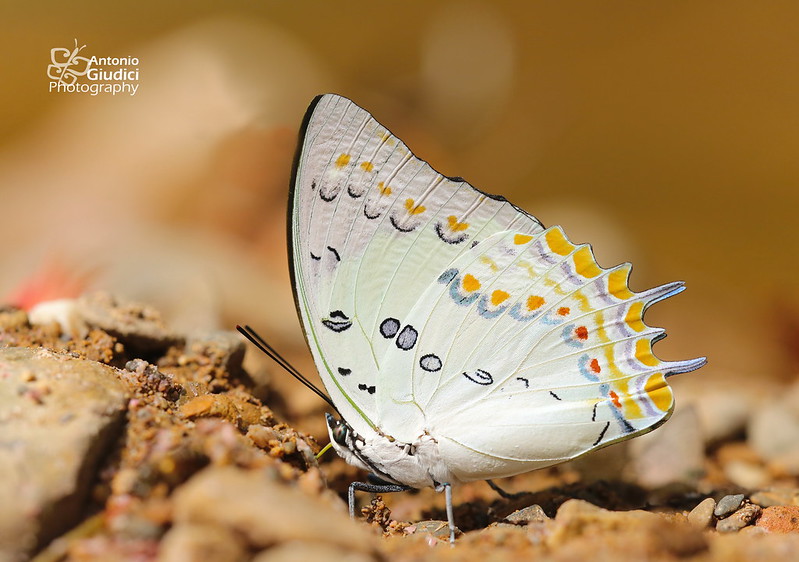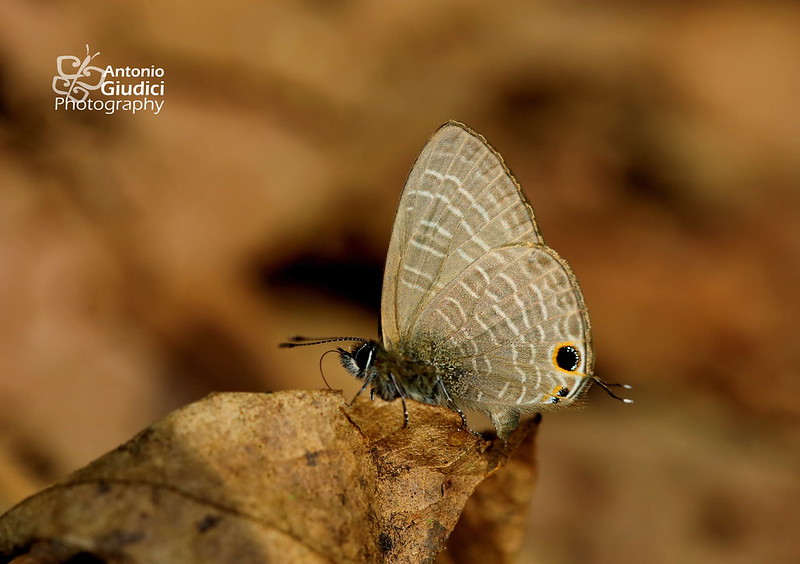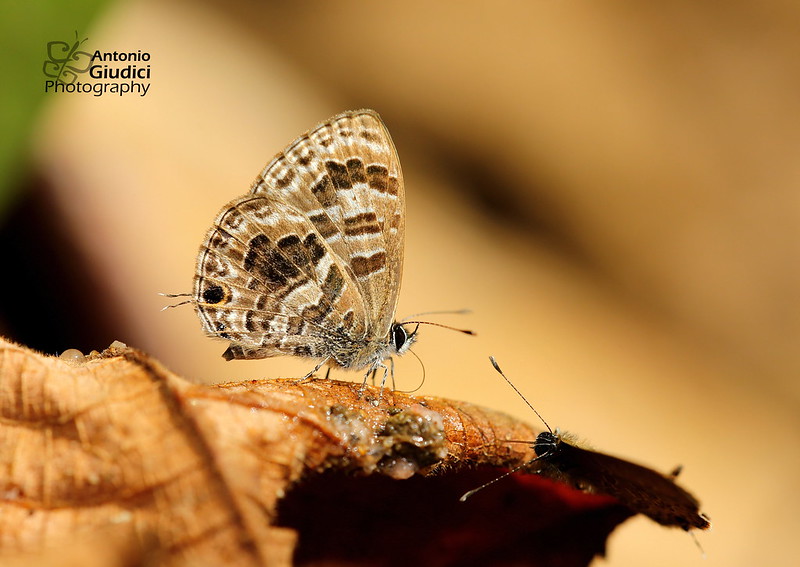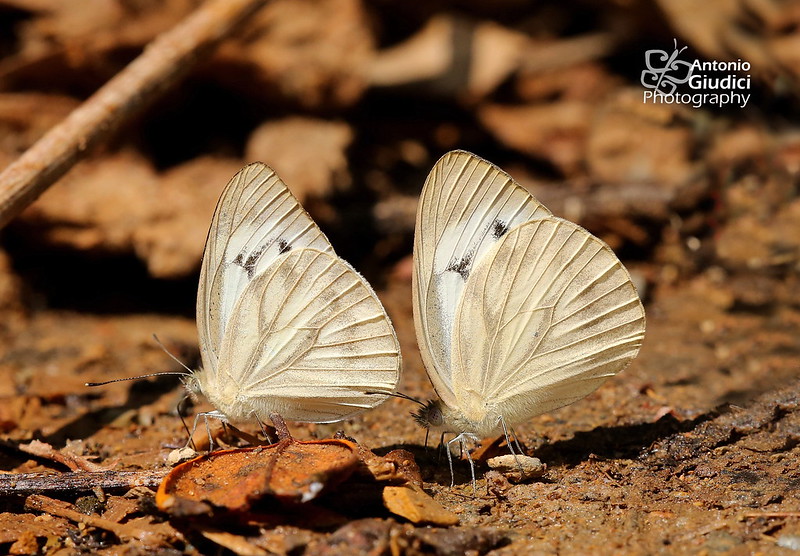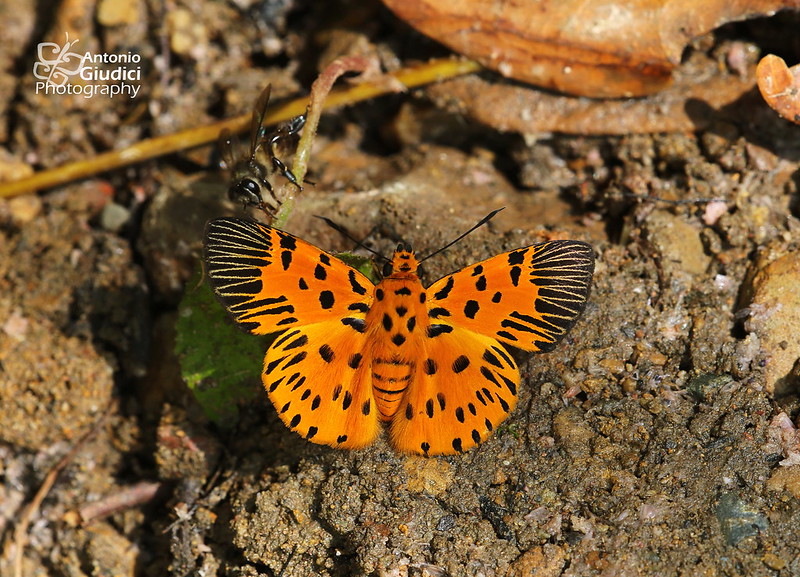Thanks so much for the additional comments. I must admit that the PS2 was what I had suspected, but was not confident enough to state so directly.
Sorry, but now for the Hesperiidae!
1) A Halpe species. I suspect this is H. pelethronix or H. wantona.
LBJs (I get so confused by these!):
2) Could this be Caltoris kumara moorei?
3) Not sure
4) Not sure, but at least I have the underside as well for this one!
5) Not sure





 Reply With Quote
Reply With Quote
